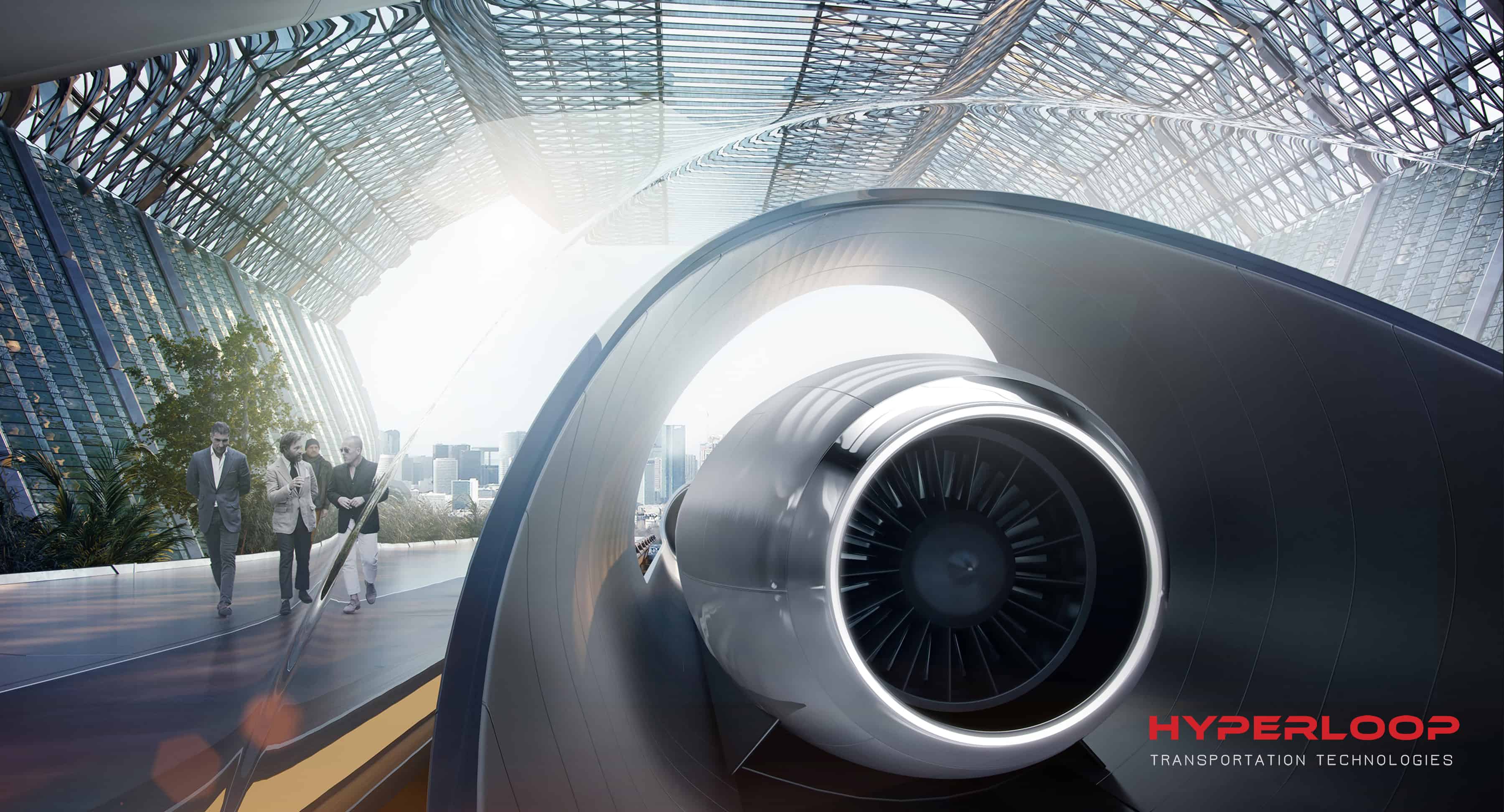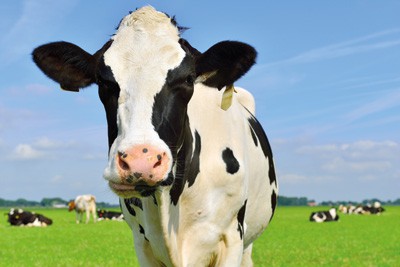By Margaret Harris
Normally when someone talks about their “year in industry”, they’re referring to a period spent working for a company. My own “year in industry” has been rather different: instead of spending 2017 working in a physics-based industry, I’ve been reporting on half a dozen different ones. From nuclear energy and nanotechnology to optics and instrumentation, I’ve heard from physicists who’ve founded new firms, developed new products and navigated their way through tricky waters with financial backers. Here are a few highlights.
2017 was another high-profile year for physicist and entrepreneur Elon Musk, with his company SpaceX landing a re-used Falcon 9 rocket back in March and his other firm, Tesla Motors, starting to deliver its much-anticipated Model 3 to mere mortals just this week. But in between, there was also a little bit of hype about Musk and hyperloops: vacuum-based systems that could, according to proponents, transport passengers cheaply at more than half the speed of sound. It sounds far-fetched, but as Jon Cartwright revealed in this feature article for August’s Physics World Focus on Vacuum and Instruments, it’s an idea with a long history.
I met Kate Bechtel in January during a reception at Photonics West, the annual trade show/conference celebrating all things optical. Over drinks, Bechtel introduced me to an industrial-physics puzzler: why, when governments and deep-pocketed companies have poured hundreds of millions of dollars into optical glucose sensing, is there still no functional device to free millions of diabetics from the pain of daily finger-prick tests? Her explanation was so fascinating that I asked her to tell the story again, at greater length, in June’s Physics World Focus on Optics and Photonics.
On a scale of 1 to 10, where 1 is the dirtiest possible coal and 10 is fusion driven by superluminal unicorn tears, where would you put nuclear fission? Unsurprisingly, nuclear policy and technology expert Gail Marcus declined to reduce such a complex question to a mere number when she wrote this opinion piece for April’s Physics World Focus on Nuclear Energy. Marcus did, however, offer a robust defence of the ways in which nuclear energy can be considered “green”, while acknowledging that there are some areas where it falls short.
If, perchance, you’re in the market for additional evidence of physics’ usefulness as a discipline, I have two pieces of news for you. First, you’ve come to the right website. Second, you really ought to read Erik Brok and Søren Roi Midtgaard’s article about how neutron science is helping dairy firms understand the structure of milk, yoghurt and other outputs of the cud-chewing denizens of the Danish countryside. This piece was one of several in the Physics World Focus on Neutron Science to highlight the role of neutron measurements in solving industrial problems; other articles in the same issue explored applications of neutrons to microelectronics and high-spec steel manufacturing.
Diamonds are a quantum physicist’s best friend
Why is an industrial diamond firm getting excited about quantum technologies? And how can it exploit its know-how without diverting focus from its core business? These are the questions – one scientific, one commercial – that Daniel Twitchen and Matthew Markham explored in their feature article for the Physics World Focus on Nanotechnology in May. “In the 20th century, many aspects of quantum physics were harnessed into world-changing technologies, including semiconductors, lasers and other now-ubiquitous devices,” they wrote. “However, one key aspect – superposition – has largely remained…a fundamental curiosity.”
Will diamond-based magnetic-field sensors become superposition’s “killer app” in 2018? What about other emerging technologies? Physics World will, of course, continue to bring you the latest news and analysis from across industrial and applied physics in 2018, but we’ve also chosen a handful of fields for particular attention. In addition to some old favourites (optics and photonics, nanotechnology, and instrumentation among them) the list includes energy technologies, biomedical physics, the space industry and (60 years after the founding of Intel) computing. And as for quantum technologies – well, keep your eyes peeled, because 2018 could be a breakout year.







